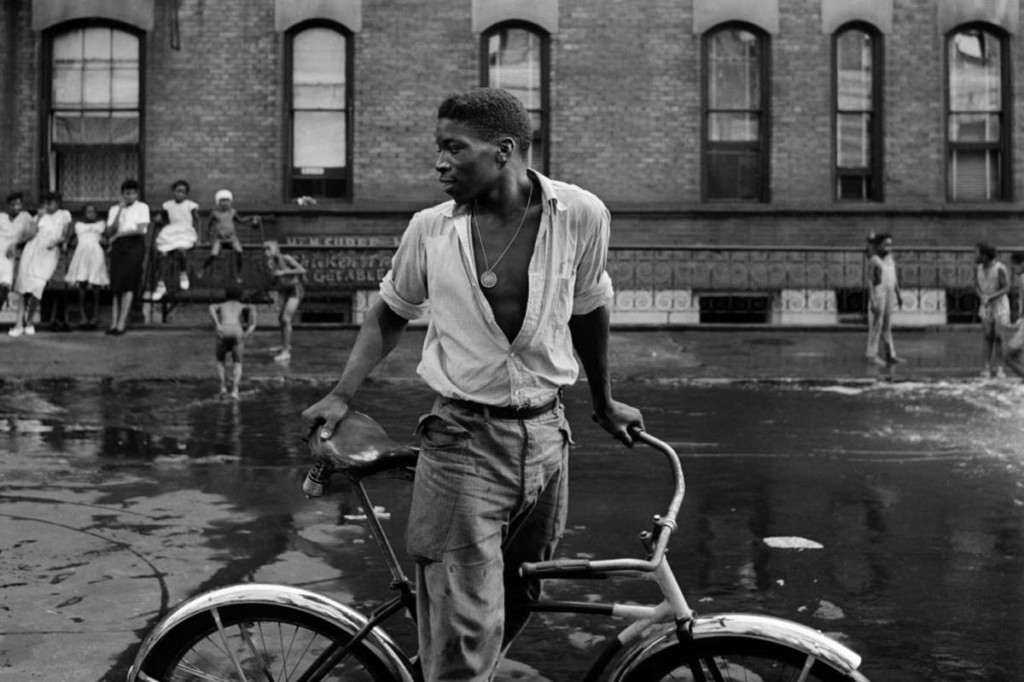The Best Strategy To Use For Framing Streets
Getting The Framing Streets To Work
Table of ContentsFraming Streets Things To Know Before You Get ThisOur Framing Streets PDFsNot known Facts About Framing StreetsSome Known Incorrect Statements About Framing Streets Framing Streets Can Be Fun For EveryoneExamine This Report about Framing Streets
, generally with the aim of catching photos at a definitive or emotional moment by mindful framing and timing. https://www.slideshare.net/davidturley33101.
The 20-Second Trick For Framing Streets
Susan Sontag, 1977 Road photography can concentrate on individuals and their habits in public. In this respect, the street photographer is comparable to social docudrama digital photographers or photojournalists who likewise work in public locations, yet with the objective of recording relevant events. Any of these photographers' pictures may capture people and home visible within or from public locations, which frequently entails navigating ethical issues and regulations of privacy, safety, and residential property.
Representations of everyday public life form a category in virtually every period of world art, beginning in the pre-historic, Sumerian, Egyptian and very early Buddhist art durations. Art handling the life of the street, whether within views of cityscapes, or as the leading motif, shows up in the West in the canon of the North Renaissance, Baroque, Rococo, of Romanticism, Realism, Impressionism and Post-Impressionism.
Getting My Framing Streets To Work
Louis Daguerre: "Blvd du Temple" (1838 or 1839) In 1838 or 1839 the first photograph of figures in the road was videotaped by Louis-Jacques-Mand Daguerre in one of a pair of daguerreotype views taken from his studio window of the Boulevard du Holy place in Paris. The second, made at the height of the day, reveals an unpopulated stretch of road, while the various other was taken at about 8:00 am, and as Beaumont Newhall reports, "The Boulevard, so constantly loaded with a moving crowd of pedestrians and carriages was perfectly solitary, except a person who was having his boots combed.
, who was motivated to undertake additional hints a comparable paperwork of New York City. As the city established, Atget helped to advertise Parisian streets as a deserving subject for digital photography.

Some Known Factual Statements About Framing Streets
Andre Kertesz.'s commonly admired Images la Sauvette (1952) (the English-language edition was titled The Definitive Moment) promoted the concept of taking an image at what he described the "decisive minute"; "when form and web content, vision and make-up merged into a transcendent whole" - sony a9iii.
Get This Report on Framing Streets
The recording machine was 'a surprise cam', a 35 mm Contax concealed under his coat, that was 'strapped to the upper body and connected to a lengthy wire strung down the appropriate sleeve'. Nevertheless, his work had little modern impact as because of Evans' sensitivities concerning the creativity of his task and the privacy of his topics, it was not published up until 1966, in the book Numerous Are Called, with an intro written by James Agee in 1940.
Helen Levitt, after that a teacher of young kids, related to Evans in 193839. She recorded the temporal chalk illustrations - Street photography that became part of kids's road culture in New York at the time, in addition to the youngsters that made them. In July 1939, Mo, MA's new photography area included Levitt's operate in its inaugural eventRobert Frank's 1958 book,, was considerable; raw and often out of emphasis, Frank's images questioned traditional digital photography of the moment, "tested all the official guidelines put down by Henri Cartier-Bresson and Pedestrian Evans" and "contradicted the wholesome pictorialism and wholehearted photojournalism of American publications like LIFE and Time".